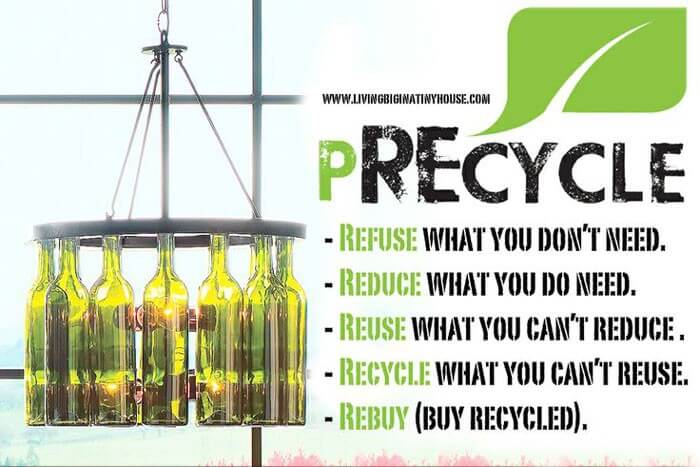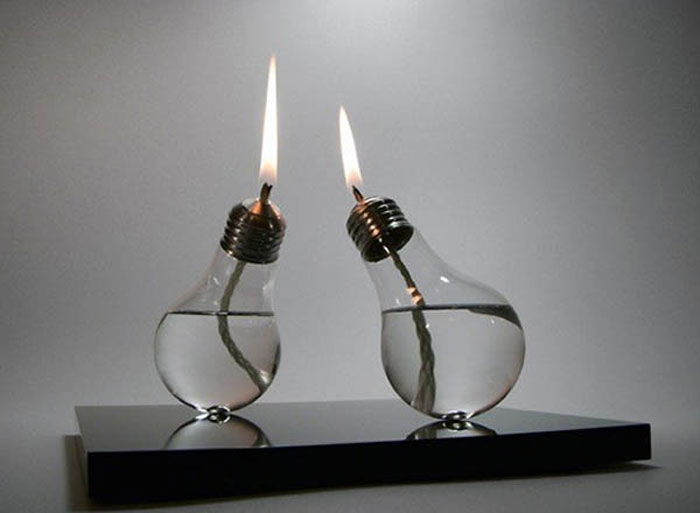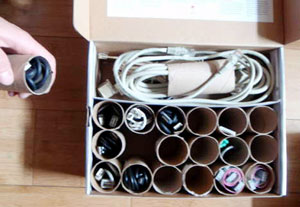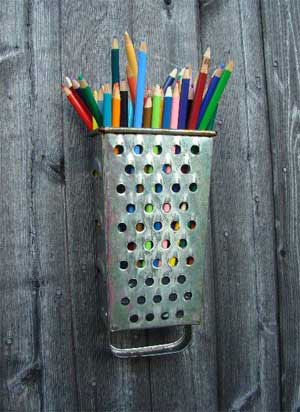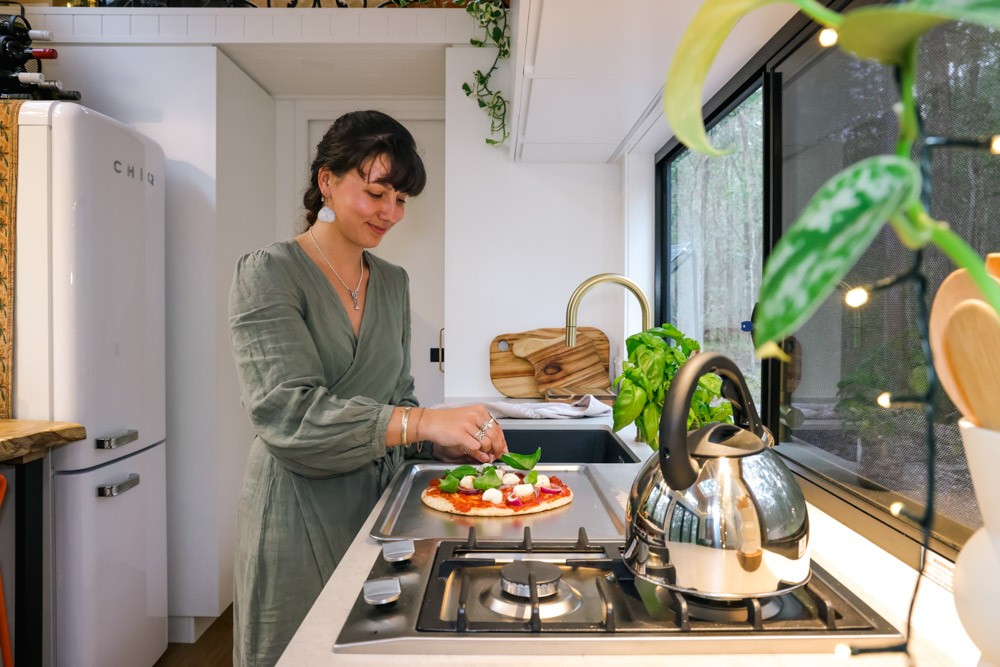The Principles of Precycling
In a world where an astonishing number of objects are made to be used once and then thrown away, sometimes it doesn’t feel like enough to just be recycling. This is where precycling comes in. The idea behind precycling is to reduce waste by avoiding items that will generate waste in the first place and therefore cutting off waste at it’s source and eliminating trash before it is created. When you’re living downsized, it’s a great practice to get into, as it will not only help you to reduce your environmental footprint, but it will also simplify your life by reducing the amount of waste you have to deal with.
Principle One: Refuse what you don’t need.
Let’s be honest with ourselves. There are so many material objects that we bring into our lives on a whim. Many of the objects that we purchase end up being little more than clutter in our homes, not to mention the fact that those items also came in packaging that also needs to be recycled or disposed of. By refusing to buy items that are unnecessary, you’re already making a huge positive step on your precycling journey.
Refusing an item that you don’t need can be as simple as bringing your own bag with you to the market and therefore saving a plastic bag from it’s landfill destiny. Along the same lines, you can refuse to use a disposable coffee cup, and instead use a reusable cup that you carry with you. After all, it is amazing just how much trash is generated through these seemingly insignificant purchases and decisions.
Principle Two: Reduce what you do need.
Of course, we all do need some stuff. We have to eat after all, and there are objects that we do require (or really desire) in our lives, and there is nothing wrong with that. In this case, the trick is to minimise the impact of your decision. For example, are you able to change your shopping habbit to accomodating bulk buying and reducing the amount of packaging waste?
Reducing your consumption allows for the preservation of natural resources. A tremendous amount of our earths resources are consumed in the manufacturing process of the small number that actually ends up in the hands of the consumers. The more you can purchase locally, seasonally and without packaging, the better you will be doing.
Principle Three: Reuse what you can’t reduce.
Sometimes making the transition into an eco-friendly life can be a consumer trap in it’s own right. For example, you’ve already got a draw full of old, plastic supermarket bags, so do you really need to immediately go out and buy a reusable shopping bag? Before you go out and buy something that you need, ask yourself if any of the objects you already have could be reused to fill your need.
The way that you reuse that item doesn’t always have to be it’s original intended use. Upycling is when you take an item that is no longer useful to you, and transform or repurpose it to suit your needs. The website Upcycle That is packed with great ideas and inspiration for finding new uses for old items that you have lying around.
Also remember that we live in a community. Just because you may not have a use for an object, doesn’t mean that it wouldn’t be an absolute treasure to someone else! A great place to start with this is by checking out the Freecycle Network.
Principle Four: Recycle what you cant reuse.
Precycling does use the idea behind the word recycling, but remember that the main principle behind precycling is actually to reduce the need for actual recycling as much as possible. Still, sometimes things genuinely do reach the end of their usable life, but when that happens make sure that (if possible) the item is sent to be recycled and doesn’t end up in landfill.
So, why would we want to encourage repurposing of items in their current form over recycling them? It really comes down to the recycling process, which requires large amounts of energy to melt down and remanufacture items. It’s great, because it allows us to reuse resources and stops a tremendous amount of unnecessary landfill waste, but it is also highly energy intensive. In order for recycling to be sustainable, it requires the underlying energy supply to be sustainable.
Principle Five: Rebuy (Buy Recycled)
You’ve discovered that there is an item that you really need. You don’t have any other objects that you can repurpose to fill that need, and after checking out freecycle it doesn’t look like anyone else has one that you can use either. In this case, if you need to purchase anything, see if you can purchase it in a form where it contains recycled materials. We really do help to alter the world around us through the products that we choose to buy, and the more of us who attempt to buy recycled goods wherever possible, the more companies will seek to provide those goods. The greater demand will also (over time and through innovation driven by necessity) help to improve the efficiency of our recycling plants.
In todays world, it’s extremely difficult to be good all the time, but a little thought can go a long way and hopefully these five simple steps will help you get started on the precycle path!
